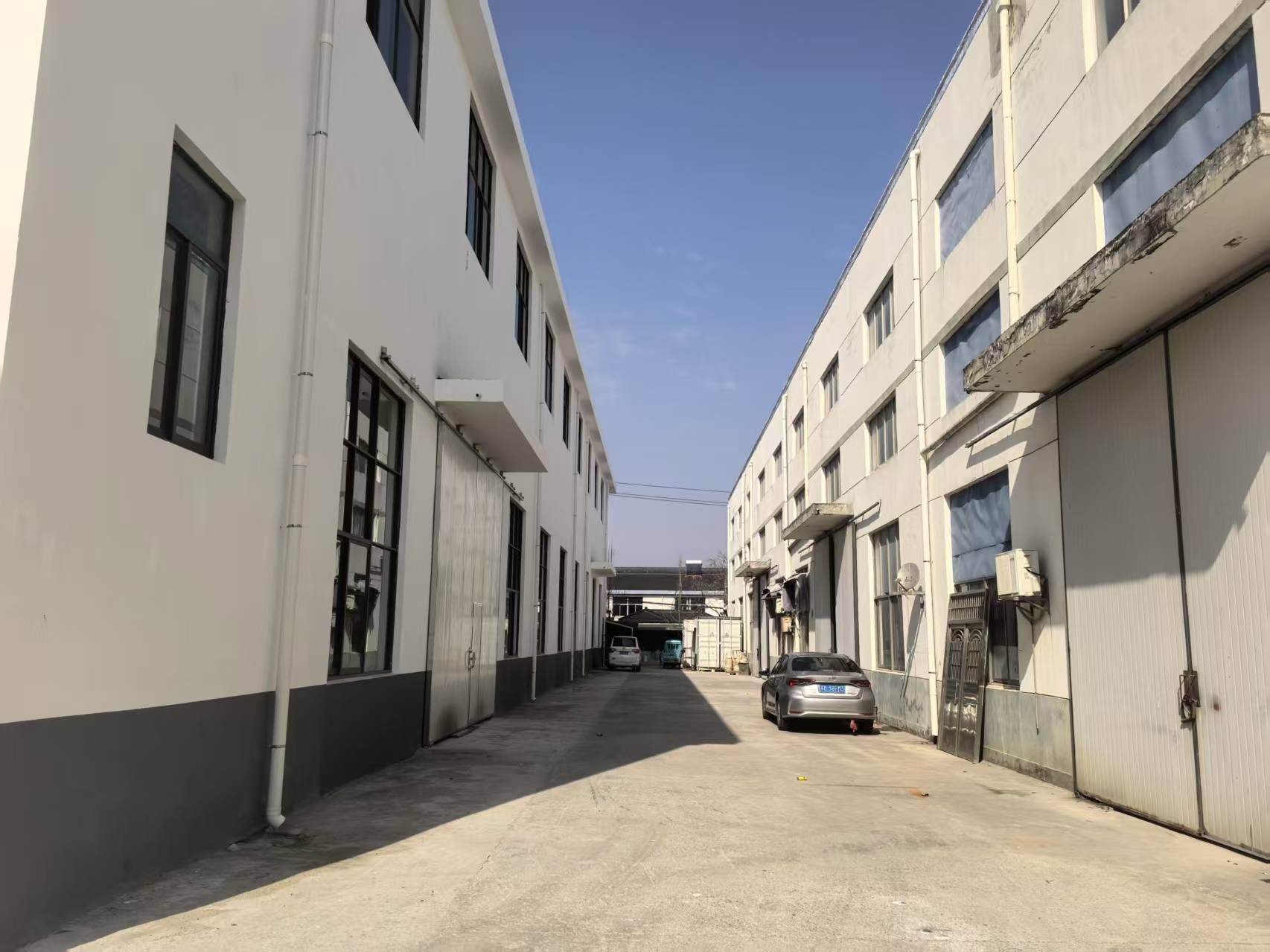
Advanced compound manifest unmatched chemical characteristics, enabling them preferable for a broad collection of implementations. Emerging from orbital and motor industry to technological devices, these elements are unceasingly advancing to meet technic ceramic the criteria of a progressive society.
- Their hardness and fortification to drastic heat levels make them fundamental for superior apparatus.
- In addition, technical ceramics supply profits in terms of endurance, supporting the evolution of state-of-the-art systems.
Crafting Porcelains: Designed for Unmatched Capability
Produced ceramics stand out in exacting operations due to their outstanding qualities. Engineered from selected with care raw ingredients and subjected to exacting processing methods, these modern products showcase unmatched strength, degradation resistance, and endurance to harsh heat levels, rusting, and chafing. From space pieces to shaping tools, industrial ceramics present unmatched operation across many fields. Their elasticity allows surviving rough locales, guaranteeing persistence and reliability. As advancement progresses, the desire for premium substances grows, cementing the central status of industrial ceramics in shaping a robust period.
High-Tech Ceramics: Pushing Element Thresholds
Ceramics, showing unparalleled hardness and persistence, are in the midst of a shift. Cutting-edge ceramics, created with careful control over their constitutions and internal architecture, surpassing the limits of that which is feasible. These forms demonstrate a vast assortment of traits, designating them optimal for exacting arenas such as spacecraft, healthcare, and sustainable power. From thin parts that withstand extreme climatic environments to bioinert implants that meld fluidly with the human body, advanced ceramics are remodeling our existence.
Strict Ceramic Creation: Meeting Rigid Requirements
Technical ceramic fabrication has grown markedly in recent intervals, permitting the formulation of intricate and highly efficient ceramic products. These components are necessary across a inclusive range of fields, including flight, healthcare, and electrical domains. Matching the specialized specifications for these purposes calls for detailed fabrication approaches that ensure dimensional correctness, surface treatment, and material essentials. Modern ceramic fabrication processes incorporate numerous methods, including slip casting, injection molding, and additive manufacturing. These strategies support the assembly of fine layouts and precise components with exceptional consistency. Furthermore, advances in substance science have given rise to new ceramic compounds endowed with elevated facets. These forms maintain increased longevity, sturdiness, and tolerance to critical climatic conditions, permitting their use in critical sectors.
The possibilities for accurate ceramic fabrication are significant. As explorations and progress advance, we can count on even more refined techniques and forms that will likewise increase the edges of what is manageable in this domain.
Top-Performing Ceramic Products for Rugged Settings
Advanced ceramic forms provide extraordinary sturdiness and endurance against inimical realms, making them fitting for demanding deployments in energy fields. These modern ceramics can survive extreme climatic loads, withstand oxidation, and secure their capability under severe dynamic loads. Their incomparable atomic properties empower solid operation in harsh locales, including fireplaces, propulsion systems, and nuclear systems.
- Specialized ceramic compounds
- Thermal resistance
- Enhanced efficiency
Ceramic Blends: Combining Durability and Performance
Mixed ceramics deliver a convincing mix of mechanical hardness and distinct unique traits. Through the blending of ceramic particles within a copyright, these mixtures achieve exceptional performance. This blend results in heightened protection against high temperature stress, wearing, and chemical degradation, rendering them desirable for demanding functions in space, automotive, and utilities domains. Furthermore, ceramic composites are tailored to possess designated properties like electrical conductivity or biocompatibility, extending their potential across diverse sectors.
Internal Handling in State-of-the-Art Ceramics
Securing optimal properties in modern ceramics regularly involves careful regulation over their architecture. Diverse processing elements, including sintering heat intensity, duration, and atmosphere, alongside the incorporation of dopants or additive phases, importantly affect the configuration of particles, permeability, and other microstructural peculiarities. Rigorous customization of these variables allows for the amplification of fortification, fracture resistance, and heat conductivity. Such as, augmenting the sintering firing temperature can boost grain spread, thus increasing solidity and improving mechanical fortitude. Conversely, handling the firing atmosphere may modify the oxidation position of the ceramic, thereby influencing its electrical charge transport or magnetic influences. Knowing these relationships between microstructure and properties is essential for fabricating advanced ceramics with designed quality suitable for extensive deployments.
Friction-Resistant Ceramics: Improving Endurance
In stringent production industries, where sections are subjected to constant friction and corrosion, compounds with notable toughness are critically indispensable. Wear-resistant ceramics have emerged as a prime answer, yielding unparalleled toughness and operation in multiple domains such as workshop, mining, and aerospace. These advanced forms possess a uncommon internal formation that improves their aptitude to resist erosion. By using the basic toughness and compactness of ceramic substances, engineers can develop tough elements capable of withstanding the most difficult operating locales.
Healthcare-Oriented Products: Uses in Medicine
Bioinert ceramics have altered the therapeutic domain, furnishing an array of helpful properties for varied applications. These articles are harmless within the flesh, minimizing reactionary responses and stimulating repair. A prime use for biocompatible ceramics is in bone fixation devices, where their hardness sustains long-lasting reinforcement to damaged muscle.
Additionally, they are exploited in dental restorations, presenting a tough and aesthetically pleasing solution for dentures. Ceramics also possess a key role in pharmaceutical formulations, supporting the targeted dispensary of medication to specific areas within the biological makeup.
- Furthermore, biocompatible ceramics are repeatedly being explored for cell growth, serving as a support for cell proliferation.
- Thus, the possibility of biocompatible ceramics in medical science looks favorable, with continual advancements expanding their capabilities.
Ceramic Sensors: Driving Consistent Determinations
Ceramic sensors have arisen as critical parts across a diverse array of domains. These instruments leverage the special properties of ceramic compounds to deliver highly precise measurements. Their fortitude in {demanding|harsh| 